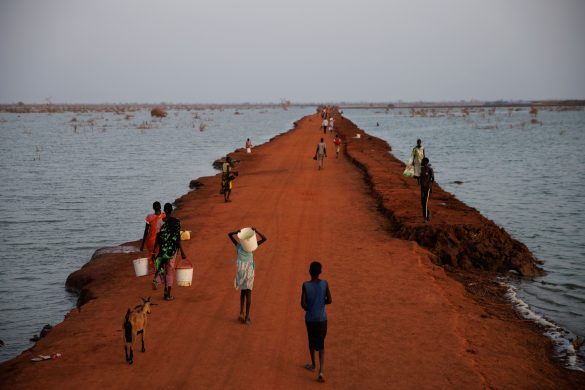ASIA: When hospitals become casualties
BANGKOK, 26 August 2010 (IRIN): Governments and donors have responded to increasingly frequent and more deadly disasters by boosting funding for response, but investment in preparedness, especially in the health sector, is inadequate, say specialists.
– Emergency preparedness is an afterthought for many hospitals, said Jonathan Abrahams, coordinator of the World Health Organization (WHO) Safe Hospitals initiative, which helps countries reinforce medical centres to withstand disasters.
The Philippines and Indonesia are two of nine countries working with the Bangkok-based Asian Disaster Preparedness Center (ADPC) that have emergency preparedness plans in place for their health sectors. The others are Nepal, India, Bangladesh, Laos, Vietnam, Cambodia and Pakistan.
– Even poor countries can strap (fæstne) their equipment to a wall to decrease the risk of expensive equipment tumbling over and being destroyed in an earthquake, said Frederick John Abo, deputy head of a US-funded programme at ADPC helping to design the programmes.
– Where are the hospital records stored? The water lines and electricity generator? These are questions that can save lives and money, said Abo, adding:
– So many countries do not see the importance of those plans and try to use other hospital emergency plans, taking them from the internet, not realizing that the risks and needs are different for each hospital. I have seen plans where the original hospital name was not removed after it was downloaded.
Experts calculate that from the design stage, it costs an additional 4 percent to make a building resilient against disasters.
Læs videre på http://www.IRINnews.org/Report.aspx?ReportId=90293














